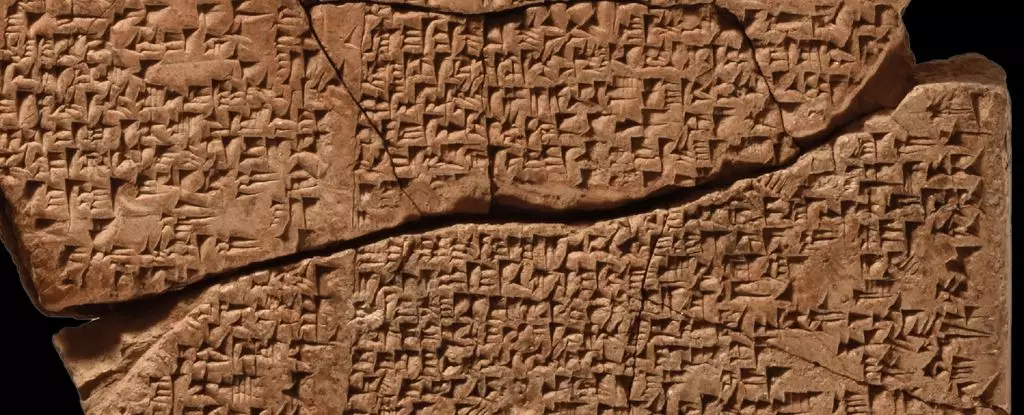The rediscovery of a 250-line hymn dedicated to Babylon is more than a mere archaeological breakthrough; it’s a revolutionary glimpse into a civilization that once shaped the very foundation of human ingenuity. While modern society tends to forget or overlook the grandeur of Mesopotamia, this find challenges us to reconsider the depth of Babylonian culture and its lasting influence. The hymn, meticulously reconstructed from scattered clay tablets, paints a vivid picture of a metropolis teeming with life, natural beauty, and spiritual richness. It underscores how ancient peoples celebrated their cities not just through stone and brick, but through poetic reverence that bridged the mundane and the divine.
Reclaiming the Voices of Women and Society
One of the most striking aspects of this hymn is its rare glimpse into the societal roles of women—an area often obscured by time. The references to priestesses and their virtues strike a delicate balance between veneration and the acknowledgment of gender roles entrenched in their culture. Female figures, praised for their devotion and discretion, reflect an idealized societal expectation rather than a narrative of personal agency. Such insights demand a nuanced interpretation: these texts reveal societal values that both constrained and honored women, emphasizing spiritual virtue over individual empowerment. As a modern observer, I see this as an opportunity—an imperative—to critically examine how ancient narratives shaped gender roles that echo into contemporary discourse.
Technology and Human Triumph in Literary Reconstruction
What astounds me most is the technological leap made possible by AI and digital archiving. The painstaking task of piecing together millennia-old fragments, once thought to be insurmountable, has become feasible within a fraction of the time. This not only highlights human ingenuity but also raises essential questions about the preservation of cultural heritage. As we digitize and analyze the remnants of Babylonian civilization, we must be cautious not to let technology replace the nuanced interpretation and human judgment required to truly understand these texts. These artifacts contain stories that challenge the sanitized narratives of history we often prefer—a reminder that learning from the past demands humility and a recognition of our limitations.
A Call to Recognize Ancient Wisdom’s Relevance Today
The hymn’s popularity among students in antiquity hints at the enduring power of cultural memory. It was more than religious or poetic expression; it was an educational tool that helped embed civic pride and collective identity. Today, as we grapple with cultural erosion and the loss of historical context, this discovery serves as a stark reminder: our modern society must prioritize the preservation and appreciation of its cultural roots. Ancient Babylonians understood that cities are more than physical spaces—they are repositories of stories, virtues, and collective histories. Recognizing this, we should strive to nurture a societal ethos that honors our past while actively building a more inclusive narrative for the future.

